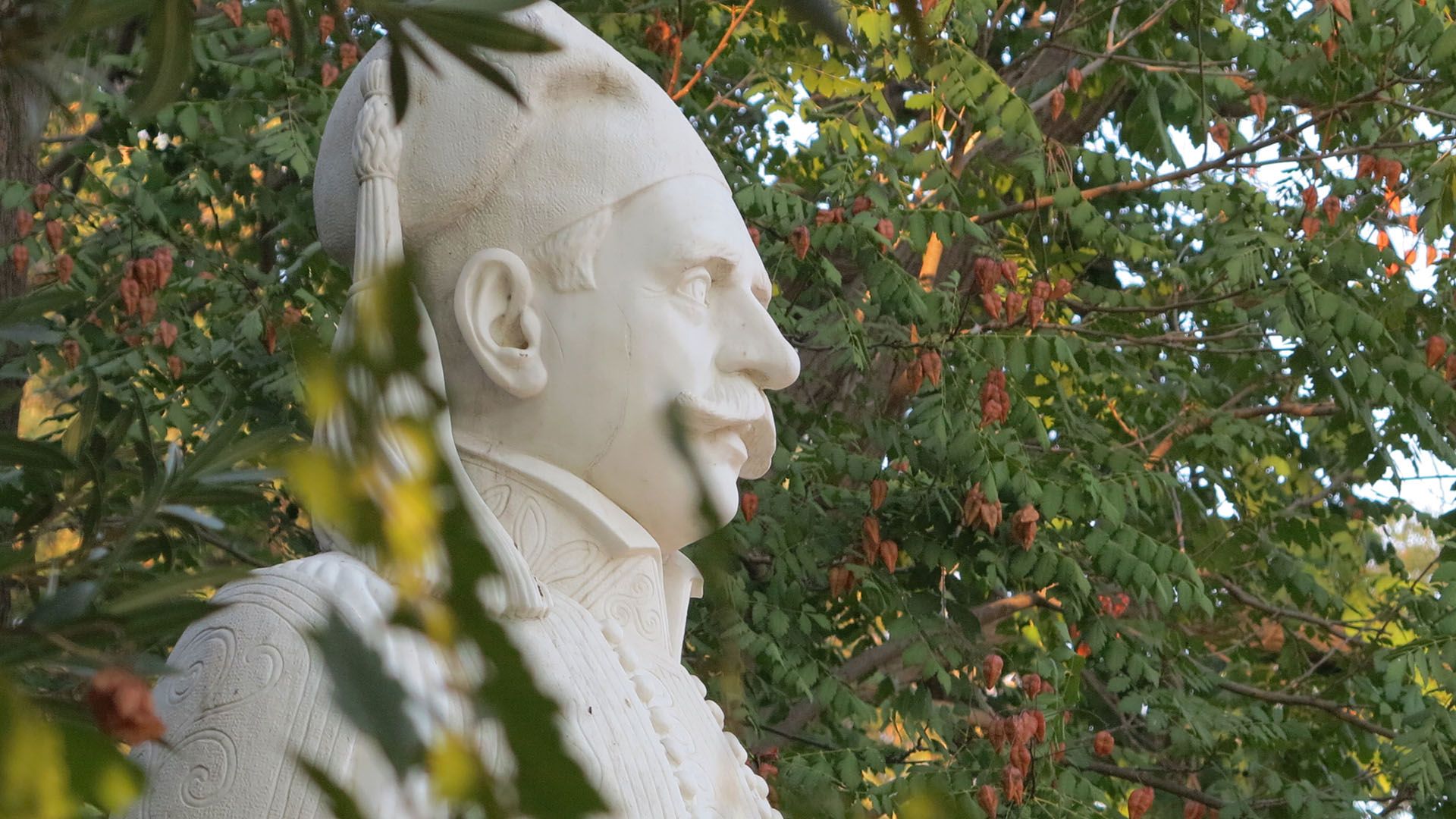National Archaeological Museum
Useful
Information
28is Oktovriou 44, Athina 106 82, Greece
National Archaeological Museum
The National Archaeological Museum is the largest museum in Greece and one of the most important in the world. Originally was intended to receive all the finds from 19th century excavations, mainly from Attica, but also from other regions of the country, it gradually took the form of a central National Archaeological Museum and was enriched with finds from all parts of the Greek world. Its rich collections, which list more than 11,000 exhibits, offer the visitor a wide view of ancient Greek civilization from the beginning of prehistory to late ancient times.
The museum is housed in the imposing neoclassical building, which was built at the end of the 19th century by L. Lange and finally designed by Ernst Ziller. Its exhibition spaces, dozens of rooms on each floor, cover an area of 8,000 sq.m. and house the five major permanent collections: The Collection of Prehistoric Antiquities, which includes works of the great civilizations that developed in the Aegean from the 6th millennium to 1050 B.C. (Neolithic, Cycladic and Mycenaean) and findings from the prehistoric settlement of Thera (Thira). The Sculpture Collection, which presents the evolution of ancient Greek sculpture from the 7th c. b.c. until the 5th c. a.c., through unique works of art. The Collection of vessels and craftsmanship , which includes representative works of ancient Greek ceramics from the 11th century. b.c. up to the Roman era, as well as the Stathatus Collection, a timeless collection of miniature artefacts. The Metalwork Collection with many unique original works, statues, figurines and miniature works. Finally, the unique for Greece Collection of Egyptian and Oriental Antiquities with works of art, dating from the pre-dynastic period (5000 B.C.) to the times of the Roman conquest.
The museum has a rich photographic archive and a library with many rare publications, which is constantly enriched for the needs of the scientific staff. It also has contemporary laboratories for the maintenance of metal objects, ceramics, stone, molds, organic materials, a photographic laboratory and a chemical laboratory. In its spaces it also been housed periodical exhibition rooms, a lecture theater, as well as one of the largest sales offices of the Archaeological Resources Fund.
The National Archaeological Museum receives thousands of visitors every year. Alongside the promotion of his exhibits, he organizes periodic exhibitions and participates by lending his works to exhibitions both in Greece and abroad. In addition, it operates as a research center for scientists from all over the world and participates in the development of special educational and other programs. Archaeological lectures are organized in its amphitheater, while has an innovation which is the possibility of guided tours for people with hearing problems by the scientific staff. The museum operates as a Special Regional Service of the Ministry of Culture, while its five permanent collections, in addition to exhibition units, also constitute autonomous administrative departments.







